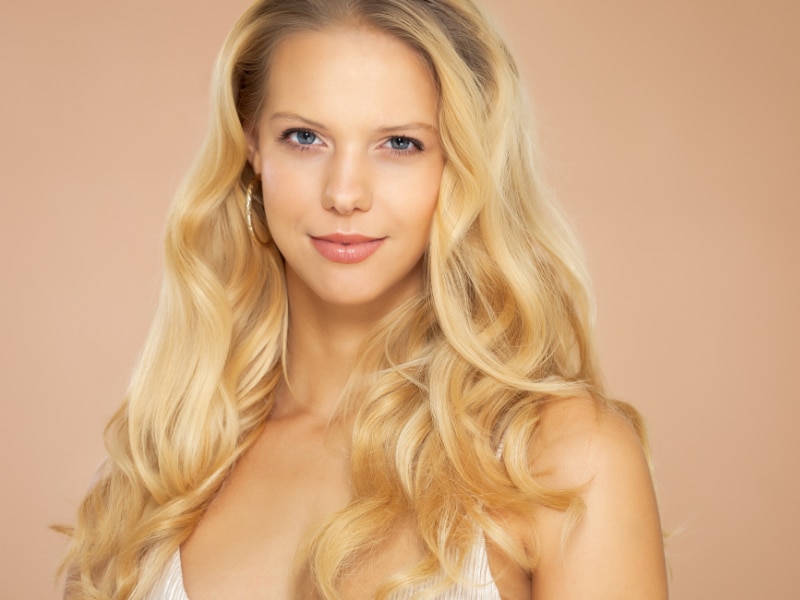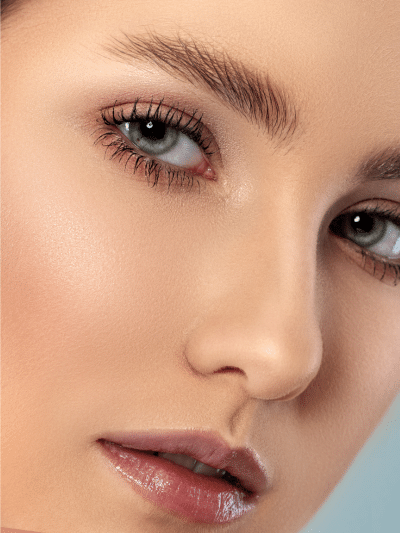
If you are unhappy with your nose’s appearance, you may be considering a rhinoplasty. This is a serious procedure, and it is essential to understand everything involved.
This guide provides the essential information you should know to understand the rhinoplasty procedure. You will understand what a rhinoplasty is, what the procedure involves, who the best candidates are, and the consultation process.
What Is a Nose Job?
It is another term for rhinoplasty procedure. It is a popular plastic surgery procedure for people who do not like their nose’s size or shape. A rhinoplasty can make changes to the bone, skin, cartilage, or all three. It is the bone and cartilage that provides the structure for your nose. Often the bone and cartilage see very detailed changes during a rhinoplasty.
In addition to its cosmetic benefits, a rhinoplasty has other applications, such as:
- Enhance nasal function after a severe injury or illness
- Assist with breathing problems that make sleep difficult, as well as the ability to exercise
- Correct a congenital disability
Who Is a Candidate?
The best candidates for this procedure want to make significant changes to their noses’ shape or size. Below are typical requirements for rhinoplasty candidates:
- Most candidates should be done growing; facial growth in teenagers and young adults can alter the nose’s function and appearance over time.
- An exception is for a child with a cleft palate or other facial congenital disabilities.
- Should be in good health.
- Should not be a smoker because it can cause low blow flow and boost the risk of tissue damage.
- Females should be 15 or 16
- Males should be 17 or 18.
- All patients should understand the procedure and the risks and benefits.
Your Consultation
Consultation is vital for any plastic surgery, but it is essential for this facial plastic surgery. Several issues are involved with the procedure. Patients have many problems they want to fix with a rhinoplasty:
- Functional and aesthetic concerns
- Size and shape
- Width and length
During the consultation, your surgeon will discuss vital factors to determine if this cosmetic surgery will work for you. The talk includes these steps:
- Medical history: Your surgeon wants to understand why you want this nasal surgery and your goals. He also will ask about your medical history, including surgeries, history of nasal problems or obstructions, and medications you take. If you have a bleeding problem, including hemophilia, you may not be a good candidate.
- Physical examination: A complete medical exam is needed, including lab tests. He also will look at the inside and outside of the nose and facial features. Further, he will understand your skin thickness and how the procedure will affect your breathing.
- Pictures: Photos will be taken of your nose from several angles. Your doctor may use software to alter the photos to show you possible results.
- Discussion of expectations: Your surgeon needs to understand your expectations and motivations. He will explain what a rhinoplasty can and cannot do and the results. If your chin is small, he may talk to you about additional surgery to augment it; a small chin can make the nose look larger.
Once your rhinoplasty surgery is set up, you need to arrange for someone to take you home if you are doing outpatient surgery.
What To Expect During The Procedure
This outpatient procedure includes the following steps:
- Anesthesia: Medications are given to you to keep you comfortable during the procedure. You can have intravenous sedation or general anesthesia. Your surgeon will recommend the best option in your case.
- Incision: A rhinoplasty can be done in two ways – a closed procedure where the incisions are made inside your nose – or an open procedure where the incision is made on the columella, which is the narrow strip of tissues separates your nostrils.
- Reshaping nose: During a rhinoplasty surgery the nasal bones are manipulated. A large nose can be made smaller by taking out cartilage or part of the nasal bones. The surgeon also can add cartilage grafts as needed. Usually, cartilage from your nasal septum is used for this procedure. All of this is done to help create facial balance.
- Correcting deviated septum: If you are suffering from a deviated septum, the nasal septum can be straightened and projections in your nose reduced to make breathing easier.
- Closing incision: Once your nose structure is sculpted to the preferred shape, tissue, and nasal skin is redraped, and the incisions are closed.
- View results: Splints and gauze packing are often used for a few days after. Once they are removed, you can see immediate results.

A few days after you leave the outpatient surgery center, the local anesthesia may cause memory lapses, longer reaction time, and impaired judgment. Family or friends need to stay with you for one or two nights to help you as you recover.
You may notice some temporary swelling and discoloration of the eyelids for a few weeks after your cosmetic rhinoplasty. Nose swelling can take longer to go away.
The nose changes throughout one’s life whether you have a cosmetic rhinoplasty or not. So, it is hard to say when your results are ‘final.’ But most swelling should disappear within one year.
Questions and Answers
Does a rhinoplasty hurt?
Pain tolerance varies among patients, with the majority experiencing mild discomfort. Many find congestion more bothersome, as swelling can lead to mouth breathing, resulting in dry throat and lips for a few days.
What is the difference between nose job and nose surgery?
The former encompasses various medical procedures. The primary ones are septoplasty, addressing internal issues, and rhinoplasty, enhancing external appearance. Dr. Roy David specializes in both.
How long does a rhinoplasty stay?
Rhinoplasty brings lasting structural changes to your nose, with results generally enduring a lifetime. While natural aging may bring subtle changes, the improvements achieved through rhinoplasty tend to be quite permanent.
What Is The Average Cost of a rhinoplasty?
The price of a rhinoplasty can differ based on location, provider, and individual needs. Despite the variables, ample information is available to help estimate your potential procedure cost.
Why would you need a rhinoplasty?
Rhinoplasty can alter the nose’s size, shape, or proportions. Reasons for rhinoplasty include addressing injury-related concerns, birth defects, and enhancing breathing functionality.
Book Your Rhinoplasty Procedure Today
Once you’re ready to take the next step and book your consultation, there’s no turning back. The results you’ve dreamed of are within your grasp. Stop delaying, and schedule a consultation appointment with plastic surgeon Dr. Raja Mohan today.
You won’t regret your decision!
References
- Rhinoplasty Overview. Accessed at https://utswmed.org/medblog/rhinoplasty-nose-job/
- Rhinoplasty procedure. Accessed at: https://www.plasticsurgery.org/cosmetic-procedures/rhinoplasty/procedure
- About Rhinoplasty. Accessed at: https://www.mayoclinic.org/tests-procedures/rhinoplasty/about/pac-20384532